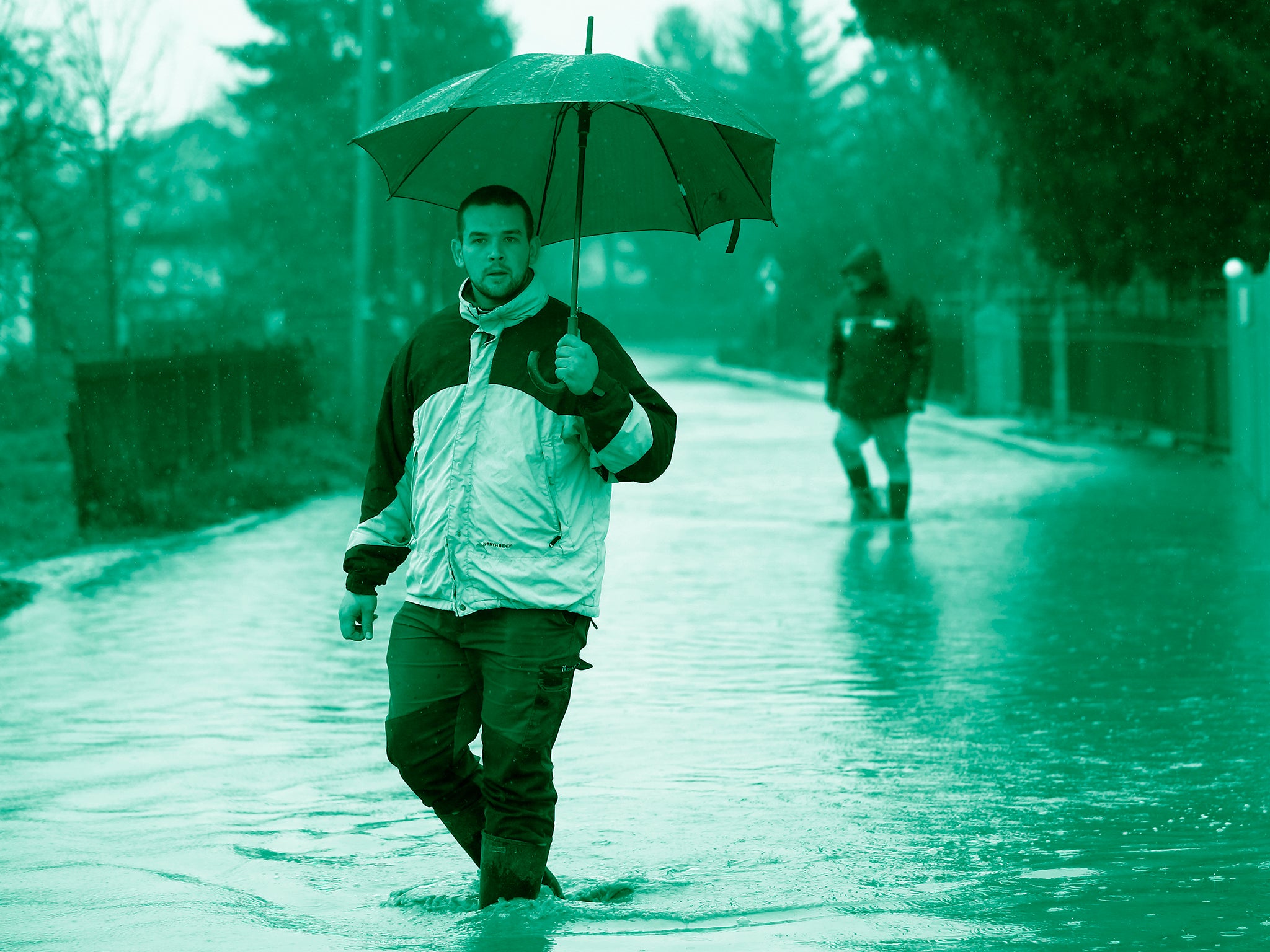What would be the difference between 1.5C and 2C global warming?
In order to keep temperature rises under 1.5C, dramatic changes need to be made

Your support helps us to tell the story
From reproductive rights to climate change to Big Tech, The Independent is on the ground when the story is developing. Whether it's investigating the financials of Elon Musk's pro-Trump PAC or producing our latest documentary, 'The A Word', which shines a light on the American women fighting for reproductive rights, we know how important it is to parse out the facts from the messaging.
At such a critical moment in US history, we need reporters on the ground. Your donation allows us to keep sending journalists to speak to both sides of the story.
The Independent is trusted by Americans across the entire political spectrum. And unlike many other quality news outlets, we choose not to lock Americans out of our reporting and analysis with paywalls. We believe quality journalism should be available to everyone, paid for by those who can afford it.
Your support makes all the difference.Scientists and experts have warned that, if we want to mitigate the most damage from climate change, we need to limit global warming to 1.5 degrees Celsius.
This means that we need to limit the global average temperature rise to just 1.5C above pre-industrial levels.
This target is written into the 2015 Paris Agreement and has been a highly important point of discussion for world leaders meeting at the COP26 climate summit in Glasgow.
In order to keep temperatures under 1.5C, dramatic changes need to be made: namely, global CO2 emissions must be at half of their 2010 levels by 2030 and at net-zero by 2050.
But how much of a difference could half a celsius make? What would be the difference between a global warming level of 2C instead of 1.5C?
What is the current global warming level?
Already, the world has heated to around 1.1C above pre-industrial levels. Each of the last four decades was hotter than any decade since 1850.
We are expected to reach 1.5C around the year 2034.
Already, we are beginning to see the impact of extreme weather conditionals globally, like wildfires in the Mediterranean and floods through Western Europe.
According to Rachel Warren, a climate scientist at the University of East Anglia, “climate change is already affecting every inhabited region across the globe,” and, as the temperature rises, those effects will only become more intense.
How would 2C affect the weather?
Essentially, the higher the levels of warming, the more extreme the weather conditions.
Freak weather incidents such as heatwaves and floods will become more frequent, more intense and longer-lasting.
According to the UN climate science panel (IPCC), an extreme heat event that occurred once per decade in a climate without human influence would happen 4.1 times a decade at 1.5C of warming, and 5.6 times at 2C. If warming grew to 4C, such an event could occur 9.4 times per decade.
A warmer atmosphere can also hold more moisture, resulting in more extreme rainfall that raises flood risks. It also increases evaporation, leading to more intense droughts.
How would 2C affect our waters?
Sea levels are already rising to dangerous heights making the seemingly small difference between 1.5C and 2C integral to mitigating damage.
According to Michael Mann, a climate scientist at Pennsylvania State University, there’s a “good chance we can prevent most of the Greenland and west Antarctic ice sheet from collapsing,” at 1.5C. Sea levels will only rise by a few feet - still enough to erode coastlines and inundate some small island states and coastal cities, but nowhere near as damaging as if warming rises to 2C.
If warming does rise to 2C, the ice sheets could collapse, Mr Mann said, with sea levels rising up to 10 metres (30 feet)- though how quickly that could happen is uncertain.
Warming of 1.5C would destroy at least 70 percent of coral reefs, but at 2C more than 99 percent would be lost. That would destroy fish habitats and communities that rely on reefs for their food and livelihoods.
How would 2C affect the land?
Humans and wildlife will be at even more of a threat if warming increases to 2C.
For humans, food production could take a hit due to crop failure: “If you have crop failures in a couple of the breadbaskets of the world at the same time, then you could see extreme food price spikes and hunger and famine across wide swathes of the world,” said climate scientist Simon Lewis at University College London.
The risk of disease could also increase as a warmer world could see the mosquitoes that carry diseases such as malaria and dengue fever expand across a wider range.
For animals, 2C warming poses a much higher threat of loss of habitat than 1.5C as well as increasing the risk of forest fires.
But 2°C would also see a bigger share of insects and animals lose most of their habitat range, compared with 1.5°C, and increase the risk of forest fires - another risk to wildlife.
What if we can’t reach under 2C?
If warming surpasses the 2C mark, which is very well might - the climate pledges that countries have submitted to the United Nations’ registry of pledges put the world on track for 2.7C of warming - the world would be in “great hardship,” according to Mr Mann.
Warming of 2.7C would deliver “unliveable heat” for parts of the year across areas of the tropics and subtropics and biodiversity would be enormously depleted.
Food security would drop and extreme weather would exceed most urban infrastructure’s capacity to cope, scientists said.
“If we can keep warming below 3C we likely remain within our adaptive capacity as a civilisation, but at 2.7C warming we would experience great hardship,” said Mann.
Additional reporting by Reuters
Join our commenting forum
Join thought-provoking conversations, follow other Independent readers and see their replies
Comments